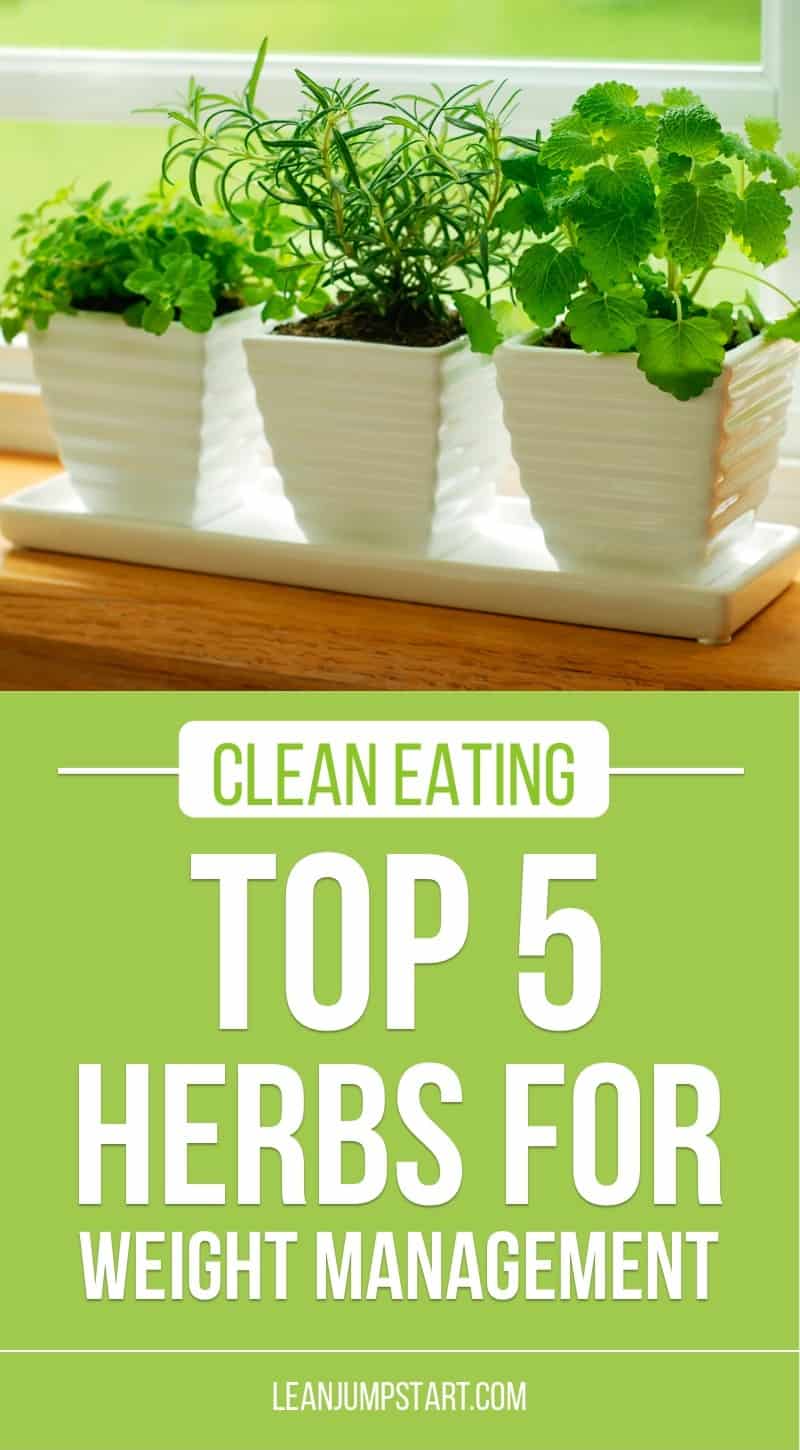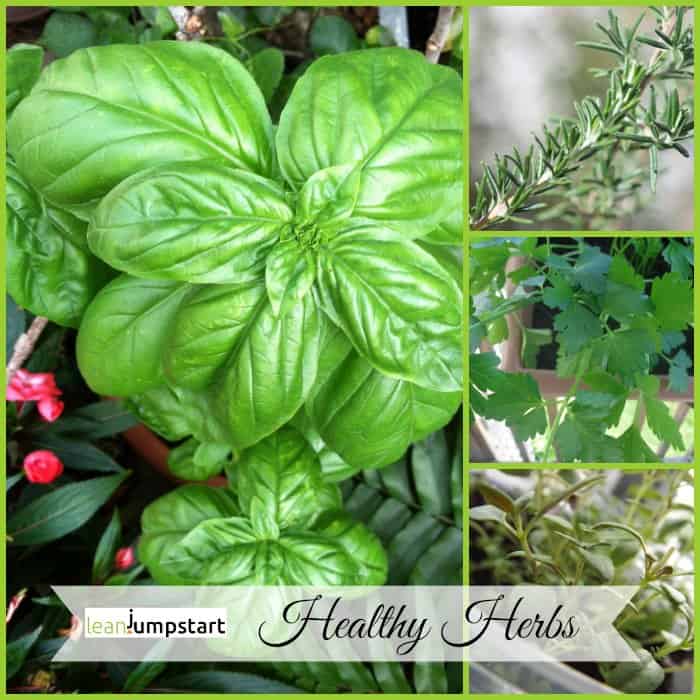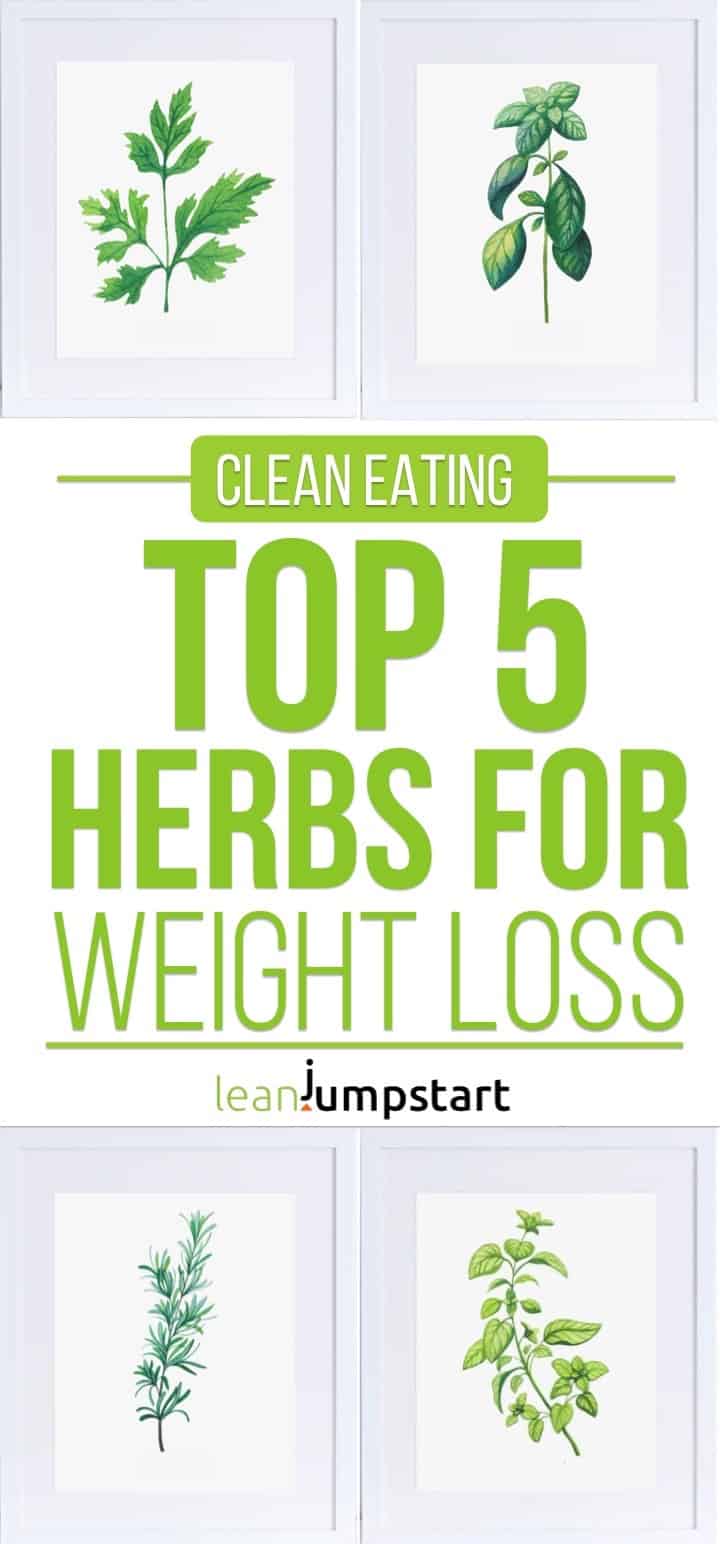What are some types of herbs to grow indoors that support your clean eating and weight loss? This week, we will be looking again at a lean approach, and hopefully – I can motivate you to grow these amazing plants indoors.
What are herbs?
Any green or leafy parts of a plant are called herbs. Don’t confuse them however with spices like black pepper or Cayenne pepper. From a culinary arts perspective, they are plant foods used mainly to season and flavor your recipes. In addition, they supply your organism with valuable nutrients, including minerals, vitamins, and antioxidants.
But there is more…
Herbs and health benefits
Healthy herbs can help you control your blood sugar levels, reduce inflammatory properties and protect you against many serious diseases, like cancer, Alzheimer’s, and others. Don’t expect a complete list of herbs. I will concentrate on those plants that, among many other health benefits, can also boost your metabolism.
The top 5 culinary herbs for weight loss
Similar to the spices challenge, I recommend keeping your collection to the few most effective herbs to maximize results. The following five easy to grow plants are not only very flexible in your kitchen, but they also bear the highest potential to support your weight and health management.
In the following, I’ve paired my Top 5 list with the matching botanic wall art. So in case, you can’t grow your own fresh herbs you might want to beautify your kitchen with my inspiring kitchen wall art below. (Learn more about each printable when clicking on its picture!)

1. Parsley
Parsley is a huge vitamin C supplier and one of the most important fat cell burning herbs. Just one single tablespoon of hacked parsley can tighten your connective tissues and stimulate digestion.
Preparation: If you like the fresh, mildly bitter taste, add as much of it as you’d like to your meals. It goes very well with salads, vegetables, and potatoes. I prefer flat-leaf parsley as it usually has a more distinctive taste.
Tip: For preserving its vitamins, don’t cook parsley. Instead, just sprinkle some hacked leaves over your salad or meal when it is ready.
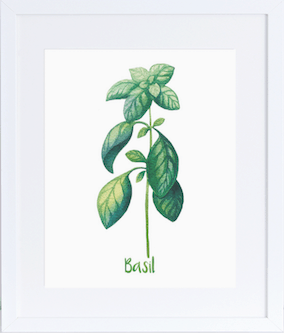
2. Basil
Basil has its origins in India and tastes both sweet and peppery. It is a very effective herb with extraordinary healing properties. Do you sometimes feel bloated? Opt for basil; it gets rid of water retention in your body.
Preparation: In Italian kitchens, basil is often served with tomatoes and mozzarella cheese. I love it, especially in Pesto Genovese with plenty of basil, Pecorino cheese, olive oil, and pine nuts.
Tip: Again, to preserve its nutrients, don’t cook basil. For this same reason, pesto should never be heated. Add basil to your meals only right before serving.
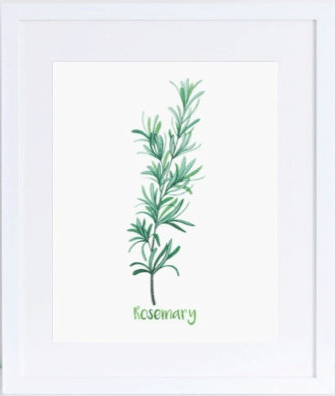
3. Rosemary
When it comes to taste, rosemary is one of my favorites. The needle-shaped leaves provide etheric oils, bittern, and tanning agents. This powerful organic combination encourages circular flow and blood circulation in your body, resulting in higher energy consumption. On top of that, detox herbs, like rosemary, contain purifying properties that are beneficial for your intestinal flora.
Preparation: As rosemary is heat resistant, you can cook with it even as a starting ingredient. It is an ideal companion to casseroles, oven potato wedges, chicken dishes, and grilled meat.
Tip: before grilling, marinade your meat with a combination of rosemary, oregano, thyme, garlic, and oil. This allows you to block carcinogens (potentially cancer-causing compounds) that can form when the meat is cooked.

4. Oregano
It is no coincidence that particularly heavy meals are spiced with oregano. The etheric oil (thymol) supports liver and gall in the fat burning process. These Mediterranean herbs may be especially beneficial if you suffer from digestive problems or excessive food cravings.
According to a new study, oregano can prevent diet-induced obesity.
An active component of oregano oil (carvacrol) can modulate genes and minimize inflammation in white adipose tissue.
Preparation: Use fresh oregano and sprinkle a handful over calorie bombs like pizza or grilled cheese before cooking. Also, of course, oregano goes very well with pasta sauces and Greek salads. My family loves my homemade oregano spread with Feta cheese.
5. Thyme
Are you looking for types of herbs that lower blood pressure? Then thyme might be your first choice. But that’s not all. This healthy plant with a natural sweetness contains diuretic properties. It supports your body in getting rid of excess water, salts, and other toxins by increasing urination … And if you have a slow digestive system, then thyme can help with that too.
Preparation: Thyme balances and buttresses other flavors in a meal. Onion, parsley, and ginger taste less rich without the minty warmth that this easy herb adds to the overall flavor.
5 organizational steps that will help you include herbs as part of your nutrition
You want to make it a habit to use easy to grow herbs in your meals whenever you can.
- Check the above-mentioned herbs and select your three favorites. When making your decision, also take into account the meals you are cooking most often. Do you have the plants already at home in your garden or on your balcony? Congratulations! If not, then it’s time to bring the garden indoors.
- Opt for a decorative windowsill kitchen garden. Buy small containers containing your favorite herbs; most cost no more than $3 per pot at farmers’ markets, garden centers, or supermarkets. This can also come with a nice side effect: basil on your windowsill keeps away flies. The best varieties for the indoor growth of basil are the African Blue or Spicy Globe.
- Place them in a bright window; you even don’t need special light. And you can use them all season long as an ingredient in your meals. Exception: oregano and thyme require six to eight hours of sunlight per day.
- Make it a habit to sprinkle 1 tablespoon of fresh, aromatic herbs over your meals or salads each day.
- By adding those healthy herbs to your meals regularly, you give by yourself and your family a big health gift. One step further would be rewarding yourself with beautiful, eye-catching herb pots that will remind you daily to stick to this healthy habit.
OTHER GREENS YOU MIGHT ENJOY
Now it’s your turn…
I mentioned above that rosemary is my favorite choice among these types of herbs. I grow it in my own little herb garden even in winter time. Share with us your preferred herbs and spices in your kitchen and let us know why it’s your favorite.

